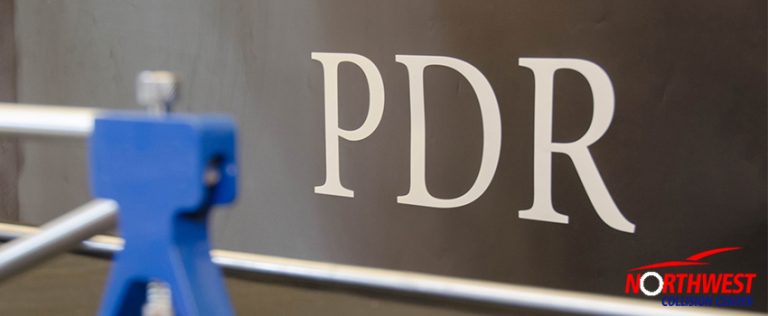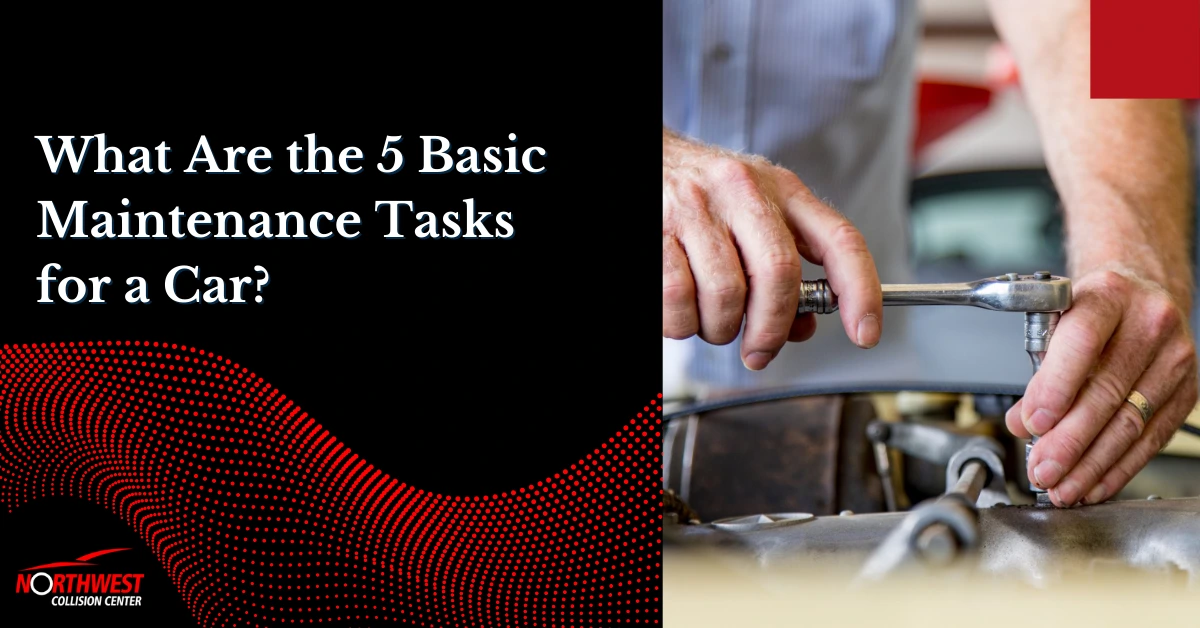Picture this: you arrive home from work and notice a new dent on your vehicle. It could’ve happened due to a lot of things, such as a hail storm or an accident.
Living in a neighborhood where there is frequent severe weather like hailstorms can make you more prone to having dents in your car. While your first instinct may be to ignore it, doing so will only lead to more harm than good. Note that even the smallest dent in your automobile’s body can damage its appearance and decrease its resale value.
Apart from hailstorms, auto collisions can cause all types of damage. With over six million people involved in car accidents annually, it’s important to determine your post-accident auto body repair needs and have your car fixed immediately.
If your car sustained a nasty dent, paintless dent repair (PDR) can remove 80 to 90 percent of these dents, making it the most appropriate auto body repair for this car problem. Learn how PDR works and what auto damage it can cover here.
How Does Paintless Dent Repair Work?
Paintless dent repair (PDR) involves the removal of small, shallow dents in your car’s body. It is considered the quickest, most economical, and eco-friendliest solution to vehicle dent repairs.
This type of auto body repair is a cost-effective way to restore your vehicle’s body to its pre-damaged condition in a fraction of the cost and time.
A lot of car dent removal involves filling in the dents with pints or body fillers and paints, but the results are only short-term. Instead of using bondo and fillers to straighten out your car’s exterior, paintless dent repair directly fixes the dent. Here, technicians work to gently massage the dented area back to its pre-damaged state using state-of-the-art tools and technology.
PDR is a relatively new repair modality for dents caused by hail. When applying paintless dent repair for hail damage, an auto body repair technician fixes dents by initially removing the car’s paint. Using a specialized tool, the body shop technician uses a light board to reveal the dent’s shadow. With this information, the technician would know where to place the tools to have the area back in its original shape.
The duration in conducting PDR varies depending on the number and severity of dents. For instance, a single dent would only take about one hour to perform.
Factors That Affect the Success of PDR
PDR is a common type of auto body repair that is applicable as long as the surface paint is not damaged. Although various dent removal needs can be addressed by PDR, taking your car in for inspection from a technician allows you to determine whether the damage incurred can be fixed by paintless dent repair.
There are a lot of factors that can determine this.
Among them are:
1. Dent Complexity
This factor plays a huge role in determining whether PDR is the right auto body repair solution to your car problem. When it comes to dent complexity, a PDR technician will be assessing depth and creasing.
Dent Creasing
This occurs when an area in your vehicle’s exterior has been bent or squeezed together. If it will be difficult to remove the ridge, then replacement will take place. Still, the decision will be up to the technician.
Dent Depth
This component is crucial in determining whether paintless dent repair is the right repair method. Since PDR is for minimal repair, shallow dents would be more feasible to fix compared to deeper dents. That’s because deeper dents translate to compromised paint, which eventually leads to rust. Simply put, “paintless” auto repair cannot be applied to exposed metal; rather, it requires replacement or repainting.
2. Type of Damage
The common types of damage that technicians can fix with paintless dent repair include:
Door Dings
Whether you parked your vehicle too close to another automobile or accidentally bumped the door of another vehicle, having no trims or added protection from possible bumps can lead you to sustain damage and end with a dent. So long as the paint is not damaged, and there is no severe creasing present, paintless dent repair can fix door dings.
Auto Collisions
Collisions can cause small dents when vehicles bump into each other from time to time. These dents are often visible on your car door, bumper, fender, and other body panels. As long as your paint did not crack and the scratch from the impact is not extreme, you can have the dents repaired with paintless dent repair.
Hail Damage
Hail damage is a common source of dents, primarily affecting the horizontal body panels of your vehicle. It is usually characterized by tiny dents on your vehicle’s hood, roof, trunk, fenders, and quarter panels, which PDR can fix.
In some cases, there can be larger dents caused by bigger hailstones and strong winds during a hail storm, and alleviating these types of damage using PDR will be up to the technician.
Schedule PDR Auto Body Repair Today
Paintless dent repair is a quick and affordable way to effectively remove minor dents without manipulating the factory paint job. Discover our expert PDR services by visiting our auto body repair shop in St. Petersburg, FL. For inquiries, contact Northwest Collision Center today.










